We may earn money or products from the companies mentioned in this post. This means if you click on the link and purchase the item, I will receive a small commission at no extra cost to you ... you're just helping re-supply our family's travel fund.
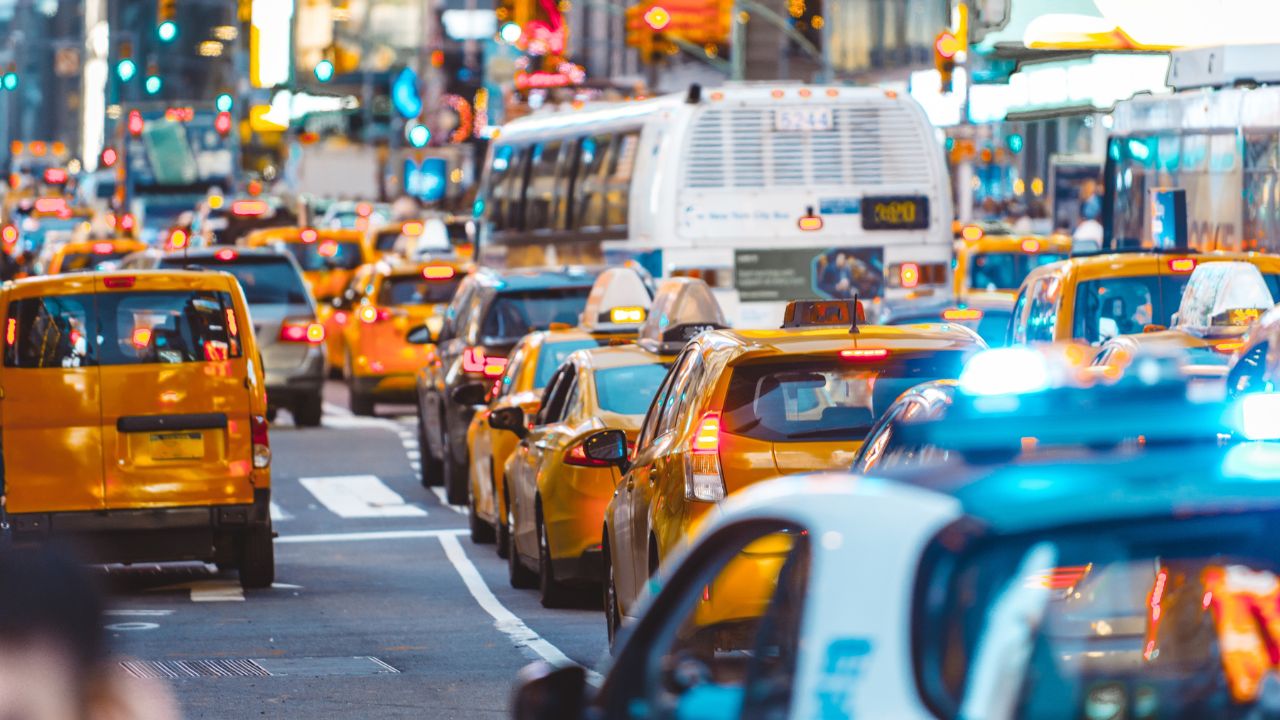
Every morning, you know the feeling: gripping the steering wheel a little tighter as you join the endless line of brake lights stretching toward the horizon. Traffic congestion has become an unwelcome companion to your daily routine, transforming what should be peaceful moments of transition into tests of patience. While some states have managed to maintain relatively smooth-flowing highways, others have become notorious for trapping drivers in gridlock, costing precious hours and hard-earned dollars every single year.
1. New Jersey
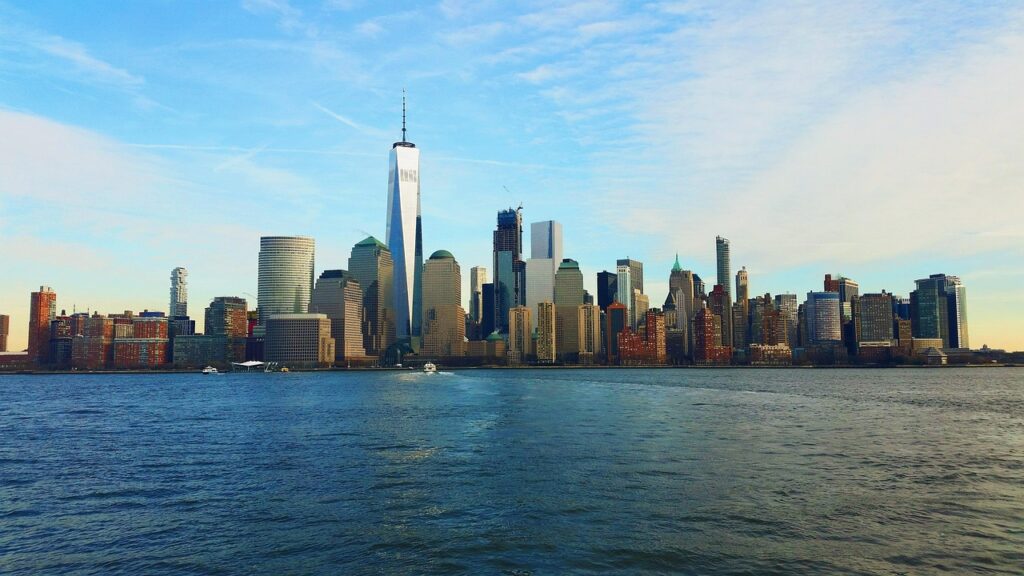
You’ll find yourself losing more time to traffic jams in the Garden State than anywhere else in America. New Jersey drivers endure an astounding 103.92 hours of delay annually—nearly two and a half work weeks spent sitting motionless on highways. The state’s dense population of nearly 1,300 people per square mile creates a perfect storm of congestion, particularly along the I-95 corridor where freight traffic mingles with daily commuters.
2. Massachusetts
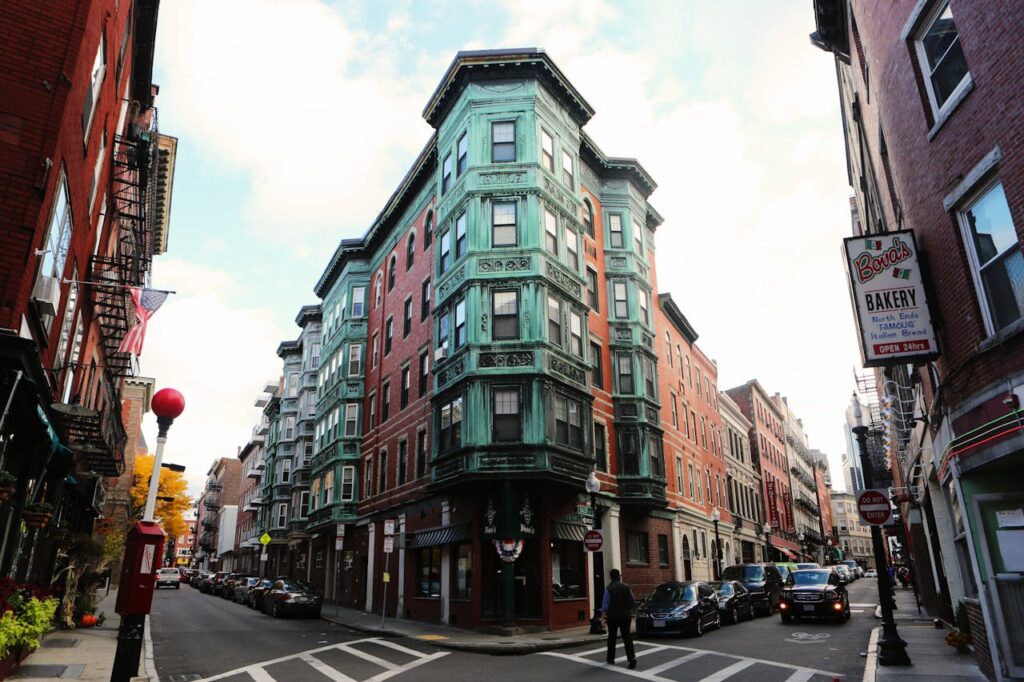
The Bay State claims the dubious honor of trapping drivers for 94.71 hours each year in peak-hour congestion. Boston’s historic street layout, never designed for modern traffic volumes, creates bottlenecks that ripple throughout the entire state. You’ll experience speed drops of up to 40% during rush hour, with average speeds plummeting to just 13 mph in the downtown core.
3. Delaware
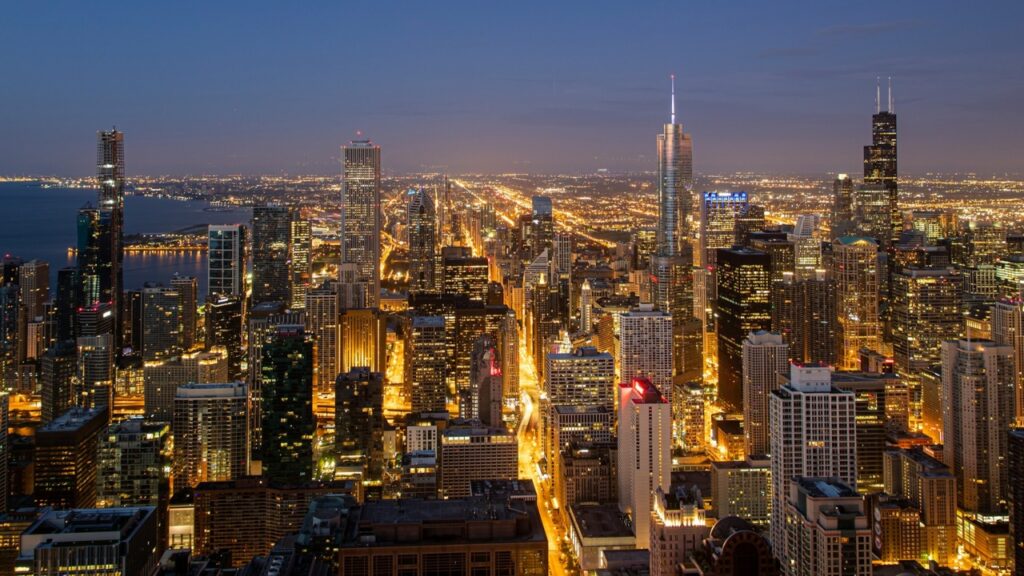
Despite its small size, Delaware punches above its weight in traffic delays, with drivers losing 82.79 hours annually to congestion. The state’s position as a critical corridor between major East Coast cities means you’ll encounter heavy through-traffic on I-95, compounded by the lack of alternative routes around metropolitan areas like Wilmington.
4. New York
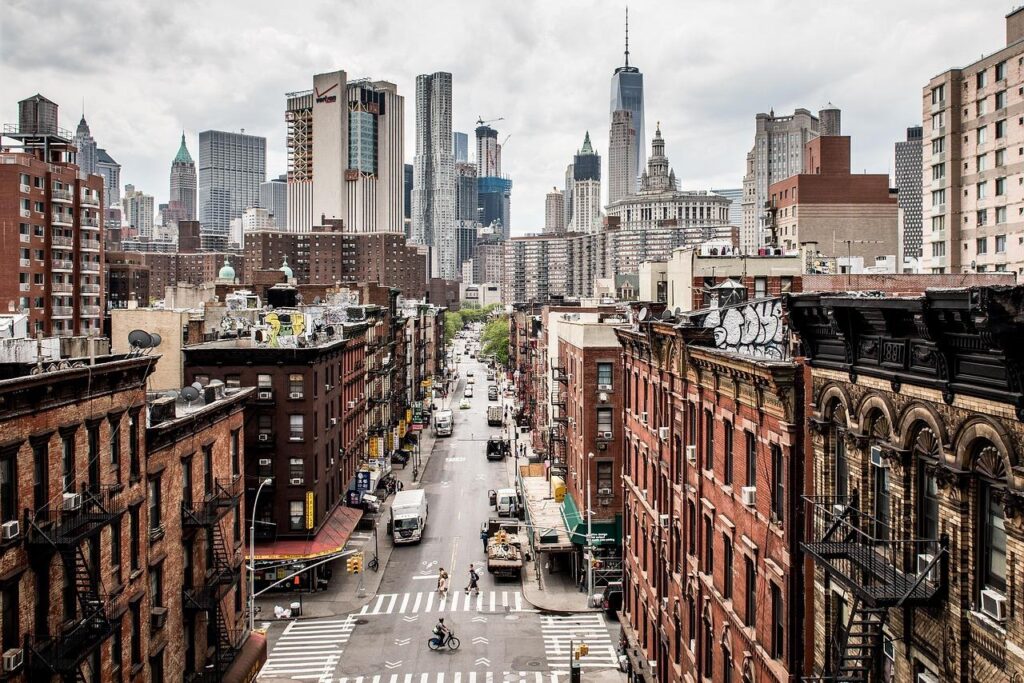
The Empire State subjects drivers to 67.92 hours of annual delay, with New York City leading the charge as America’s most congested metropolitan area. Your commute in the five boroughs means facing an average of 102 hours lost to traffic annually, costing the typical driver $1,826 in lost time and productivity.
5. Illinois
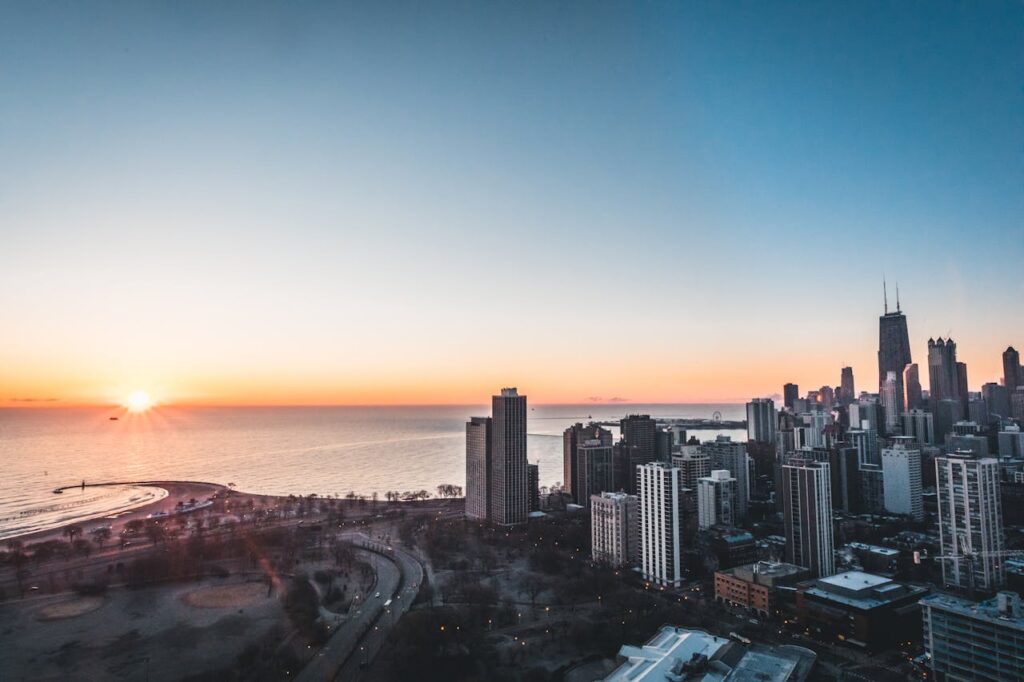
Illinois drivers endure 64.6 hours of peak-hour delays each year, with Chicago serving as the primary bottleneck. The Windy City ties with New York for the worst traffic congestion nationally, where you’ll lose an identical 102 hours annually sitting in gridlock. Five Chicago-area corridors rank among the nation’s top 10 most congested roadways.
6. Maryland
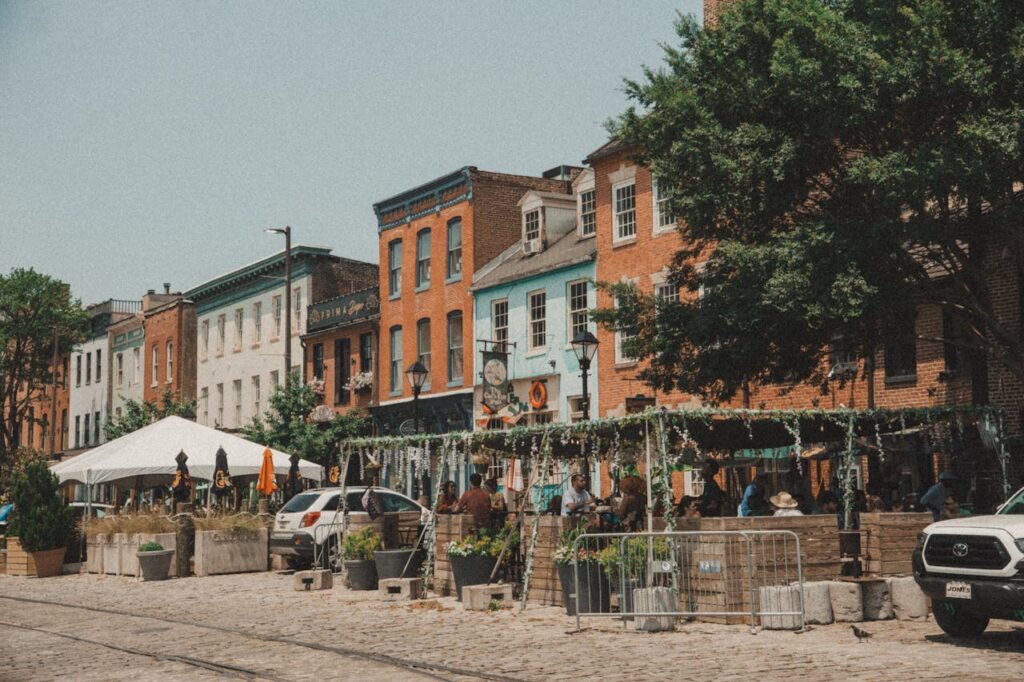
Maryland’s strategic location in the Washington-Baltimore corridor results in 61.77 hours of annual congestion delays for drivers. You’ll encounter some of the nation’s heaviest traffic volumes, with sections of I-495 carrying over 232,000 vehicles daily. The state’s congestion costs reached $2.1 billion in 2021, reflecting the economic impact of traffic delays.
7. California
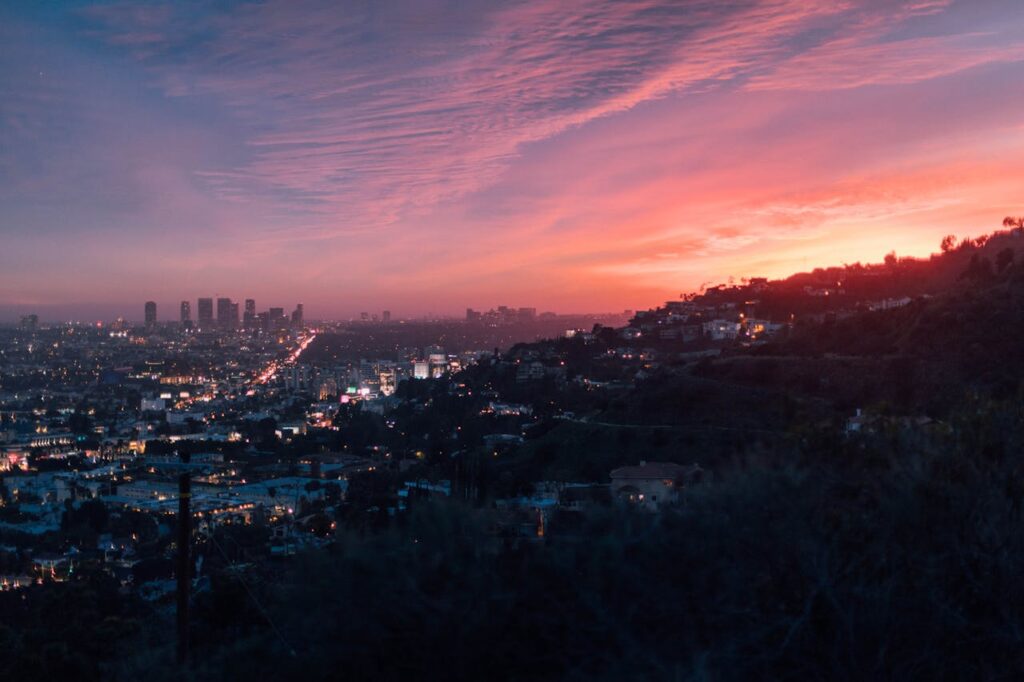
The Golden State subjects drivers to 60.27 hours of annual delay, though individual metropolitan areas fare much worse. Los Angeles drivers lose 88 hours annually to traffic jams, while San Francisco commuters face significant congestion despite robust public transportation systems. California highways claim 12 of the nation’s 25 most congested road segments.
8. Georgia
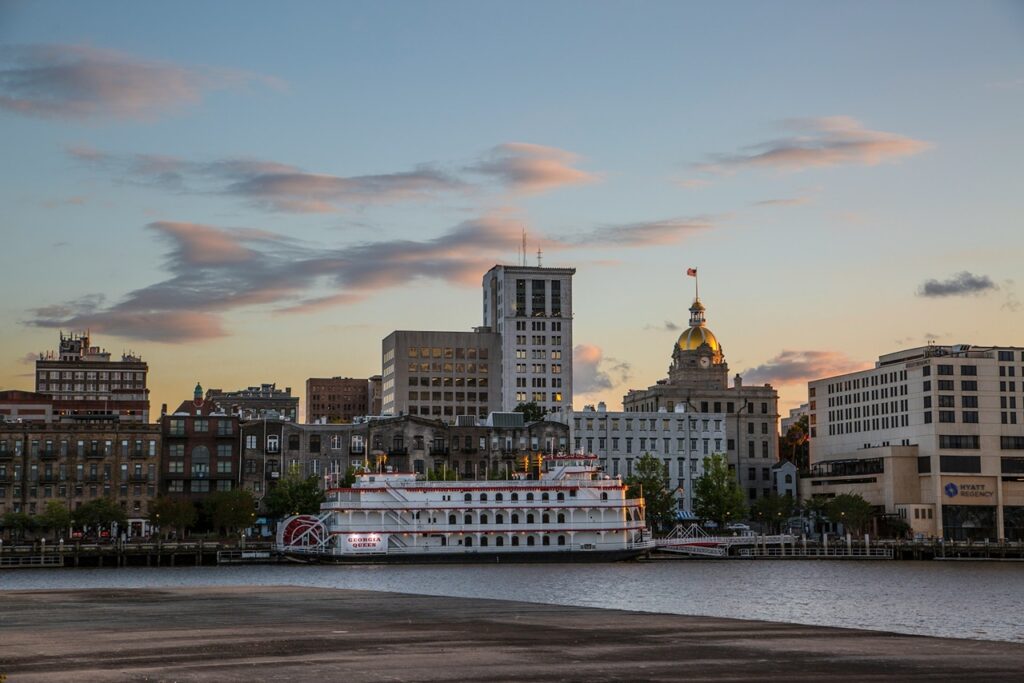
Georgia drivers face 53.83 hours of annual congestion delay, with Atlanta serving as the primary trouble spot. The sprawling metropolitan area’s highway system, designed around automobile dependency, creates inevitable bottlenecks during rush hours when speeds drop 23% from free-flow conditions. Atlanta consistently ranks among the nation’s top 10 most congested cities.
9. Pennsylvania
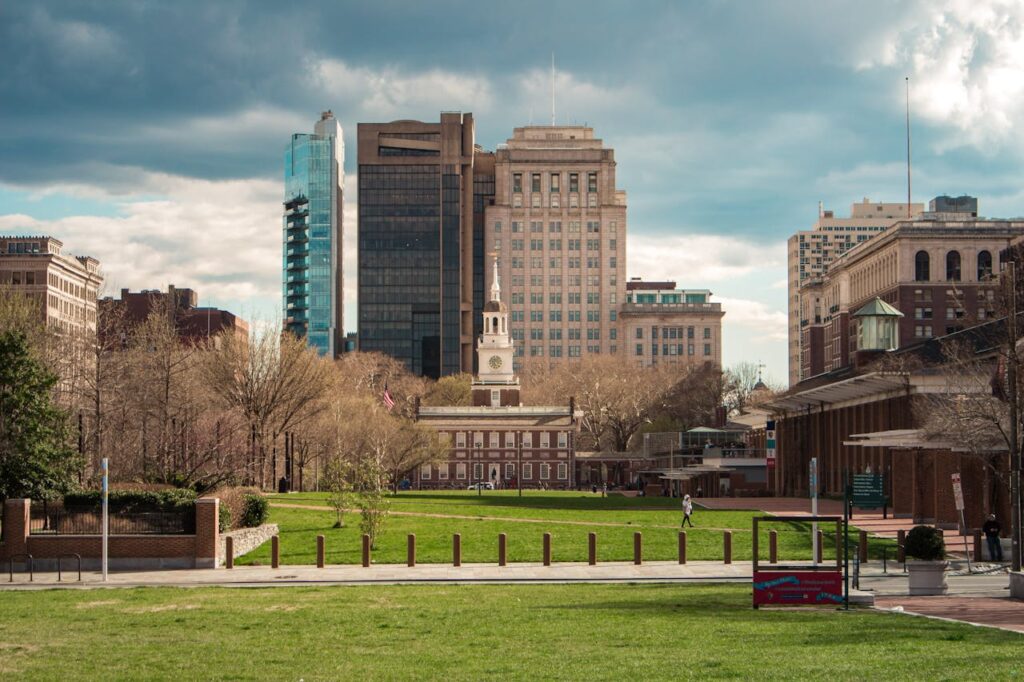
The Keystone State traps drivers for 47.28 hours annually in peak-hour congestion. Philadelphia ranks as the fifth most congested city nationally, where you’ll lose 77 hours each year to traffic delays. Pennsylvania’s aging infrastructure and mountainous terrain create natural chokepoints that exacerbate congestion throughout the state.
10. Oregon
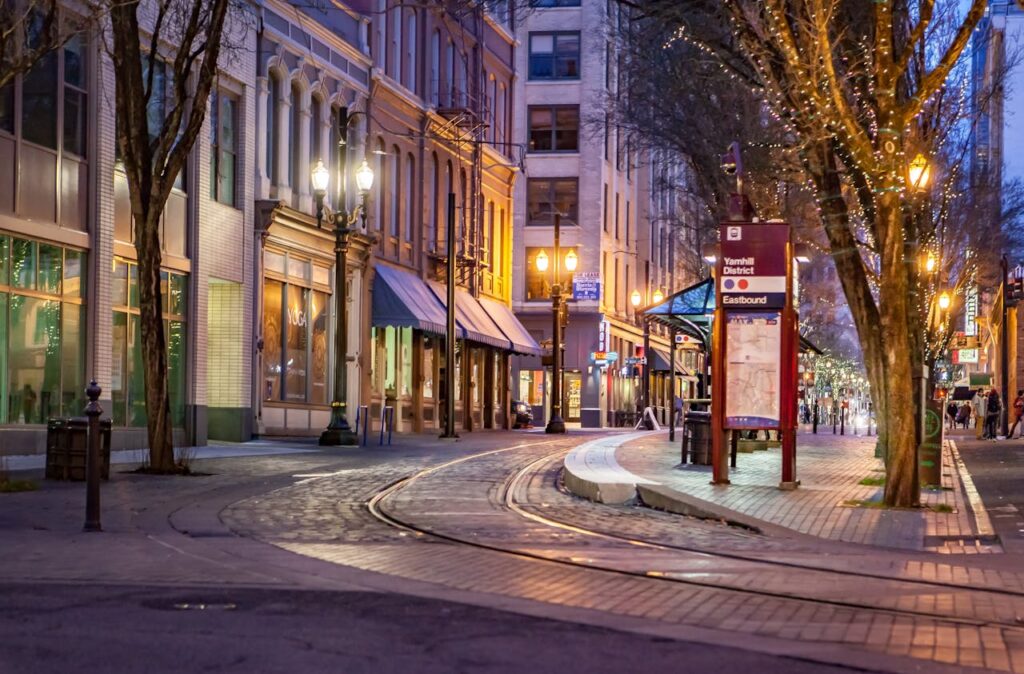
Oregon drivers endure 47.22 hours of annual delay, primarily concentrated in the Portland metropolitan area. The state’s population growth, particularly along the I-5 corridor connecting Portland, Salem-Keizer, and Eugene-Springfield, has outpaced infrastructure development. Urban travel demand continues increasing as 52% of the state’s population concentrates in these three largest metropolitan regions.
11. Texas

Despite its vast size, Texas ranks 40th nationally with 45.91 hours of annual congestion delay per driver. Houston drivers lose 66 hours annually to traffic jams, while Dallas commuters face significant delays during peak hours. The state’s rapid population growth and sprawling metropolitan areas create ongoing challenges for traffic management across multiple major cities.
12. Florida
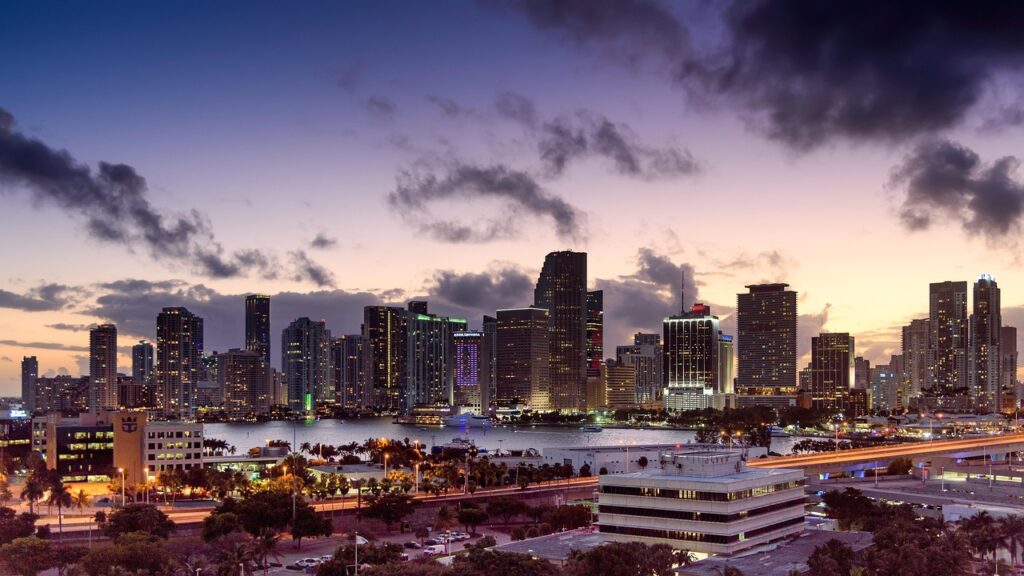
Florida drivers lose 44.95 hours annually to peak-hour congestion. Miami consistently ranks among the nation’s most congested cities, where you’ll sacrifice 74 hours each year to traffic delays. The state’s tourism industry, combined with steady population growth and limited alternative transportation options, creates persistent congestion challenges throughout major metropolitan areas.
13. Rhode Island
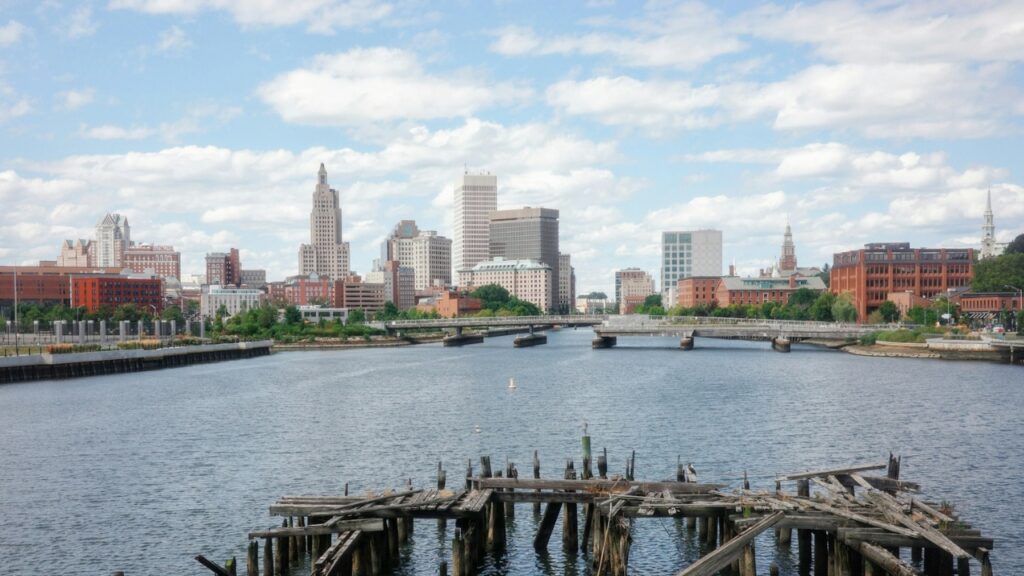
The Ocean State may be America’s smallest, but it delivers outsized traffic frustration with 41.51 hours of annual delay. Rhode Island ranks as the most chaotic state for driving overall, with just 62.76% of roads considered acceptable. Dense urban zones, narrow streets, and aging infrastructure create persistent bottlenecks throughout the state’s limited highway network.
14. Colorado
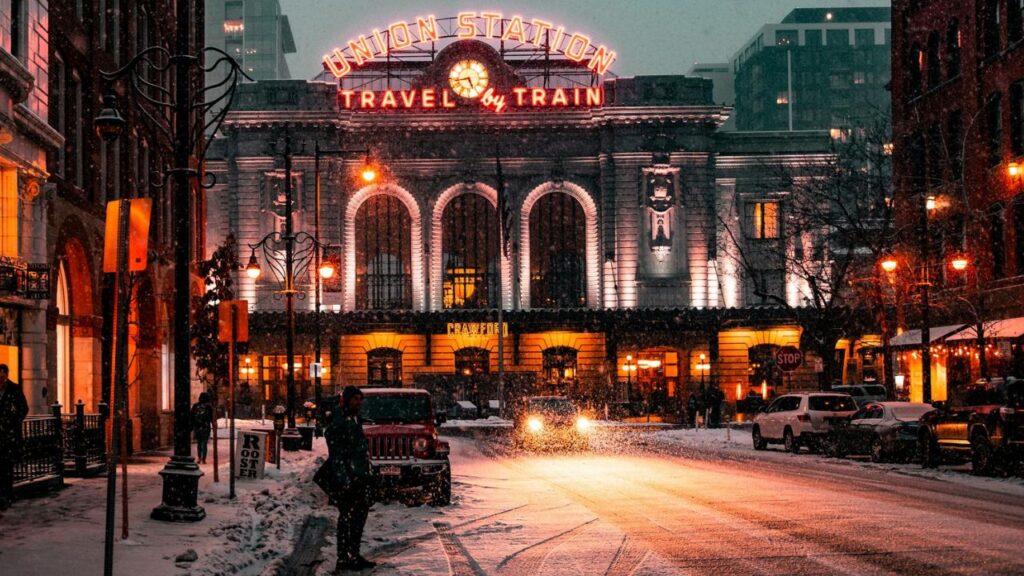
Colorado rounds out the worst-congested states with 36.21 hours of annual delay per driver. Denver’s rapid population growth and mountain geography create natural traffic funnels, particularly during ski season when recreational traffic compounds daily commuting patterns. The state has seen some of the nation’s largest increases in traffic congestion as more residents relocate to the region.